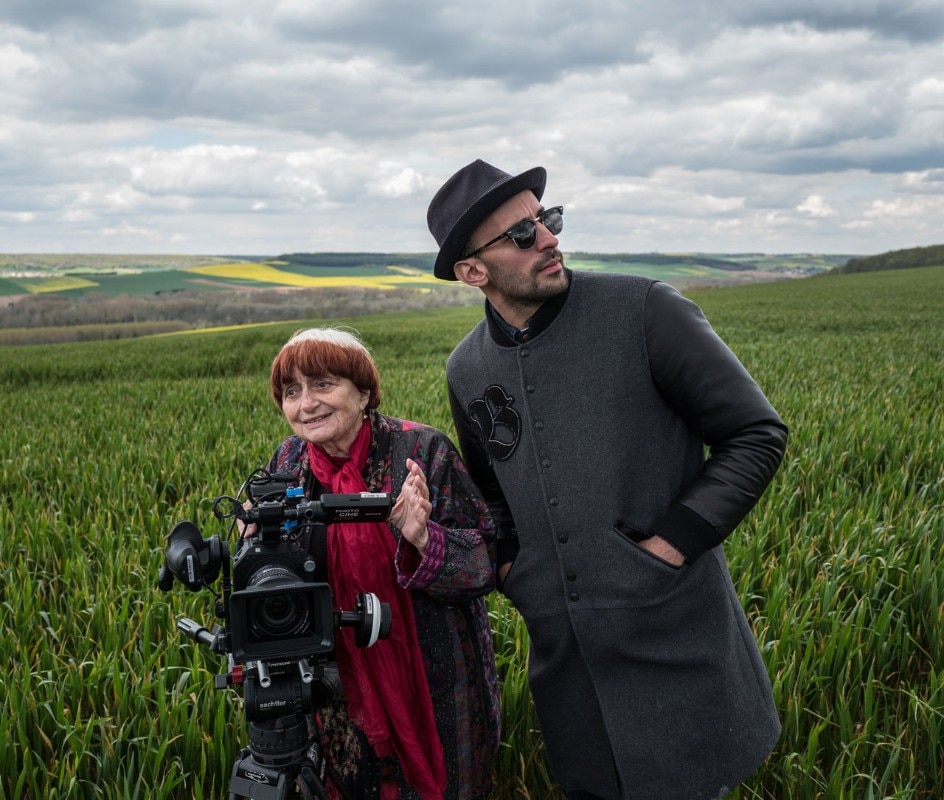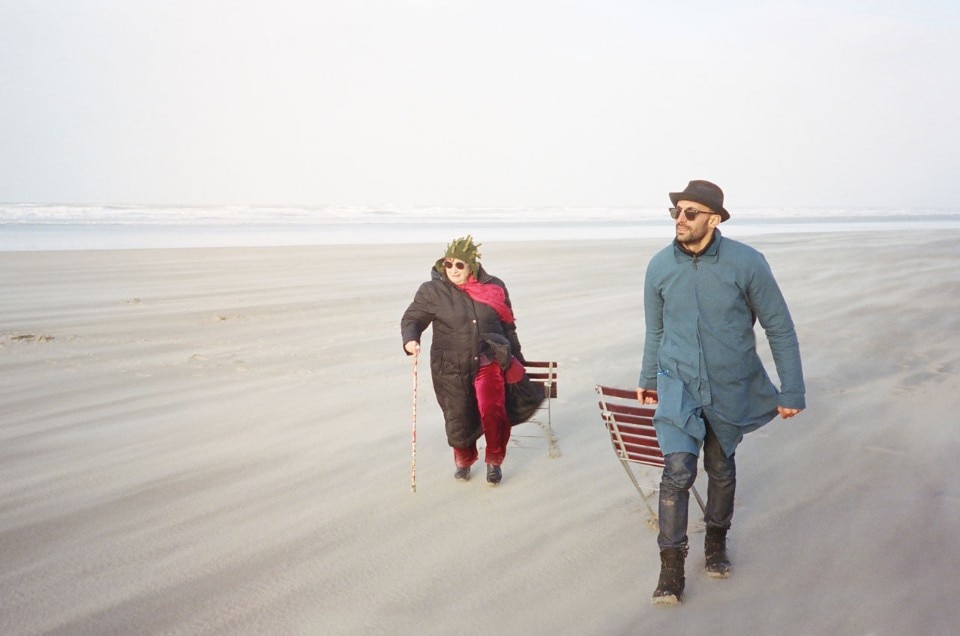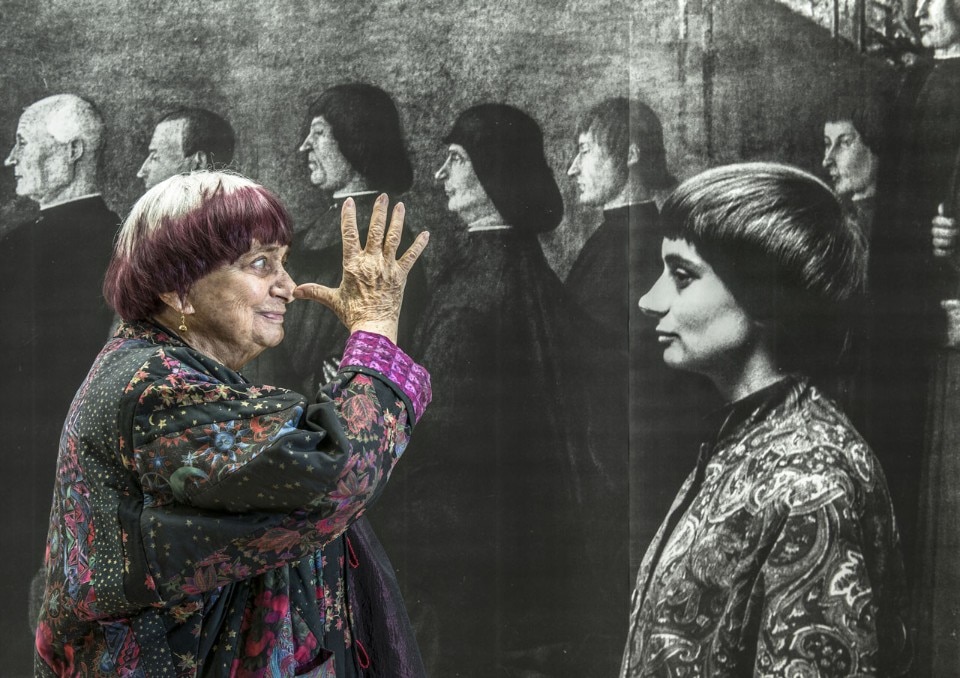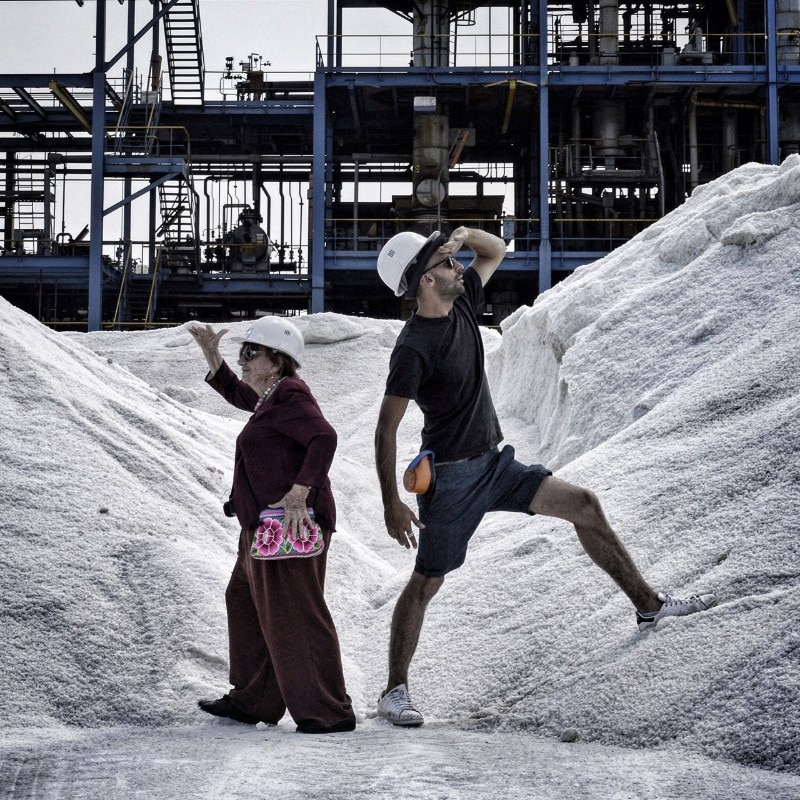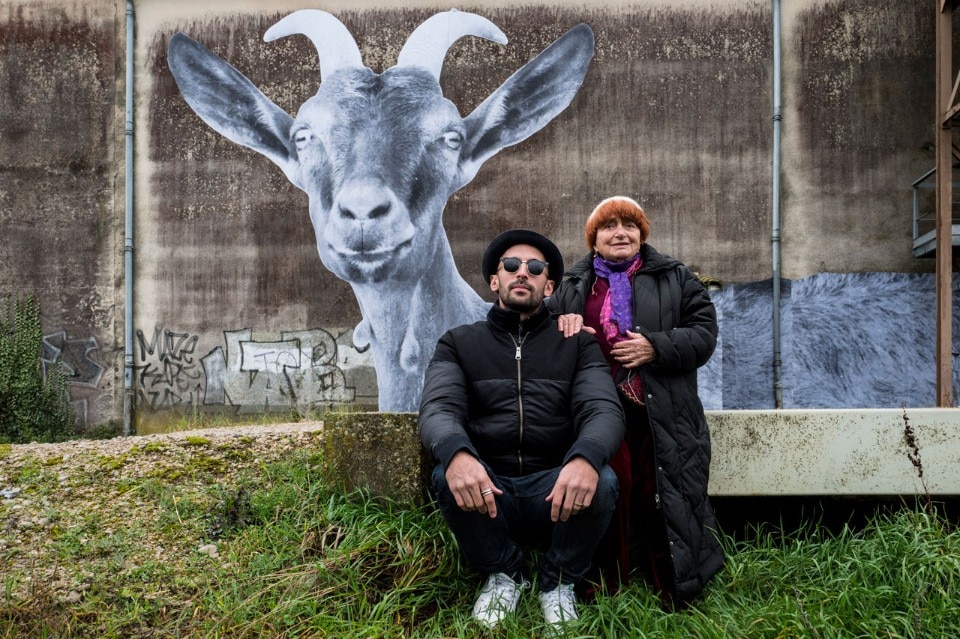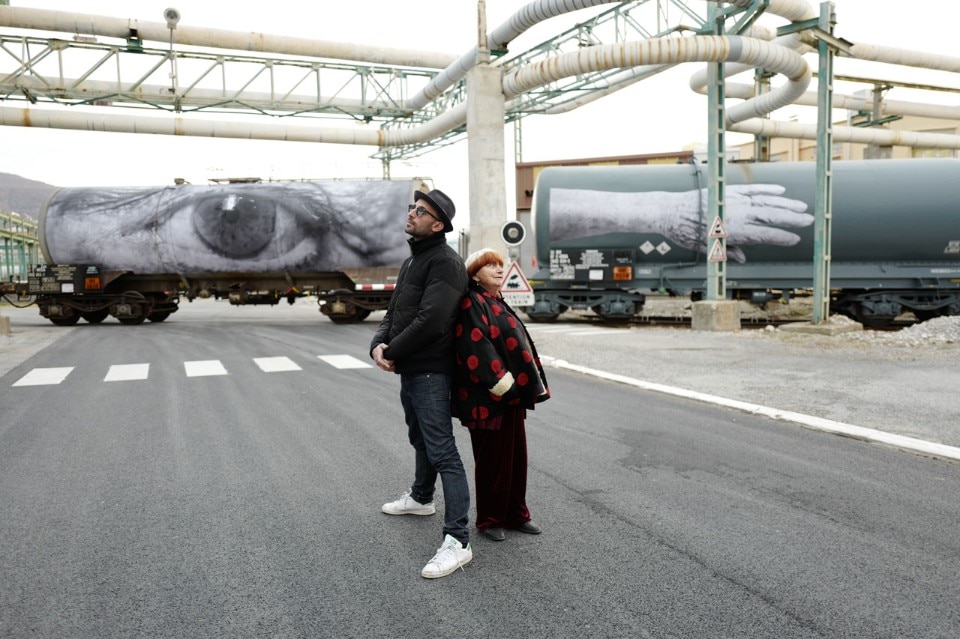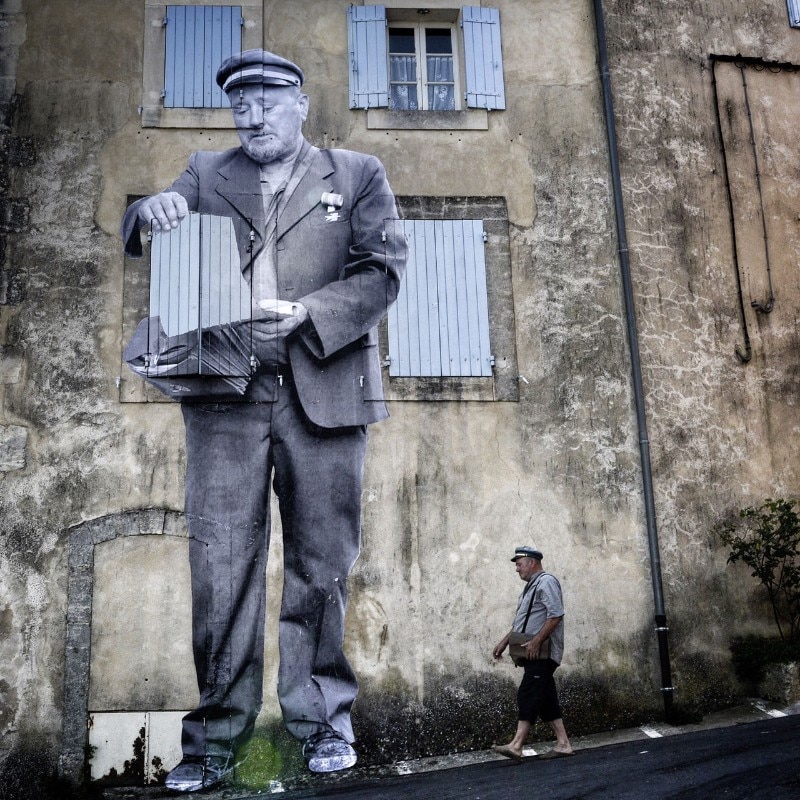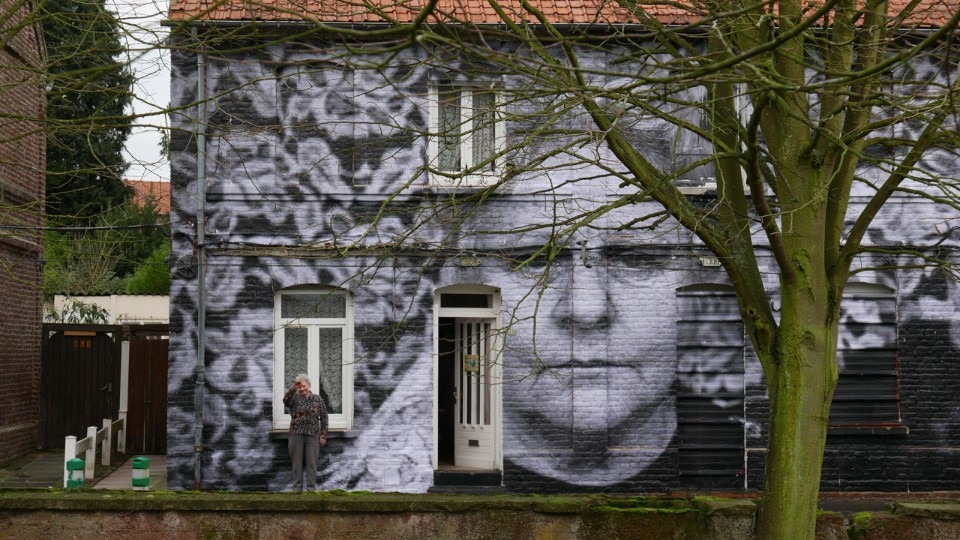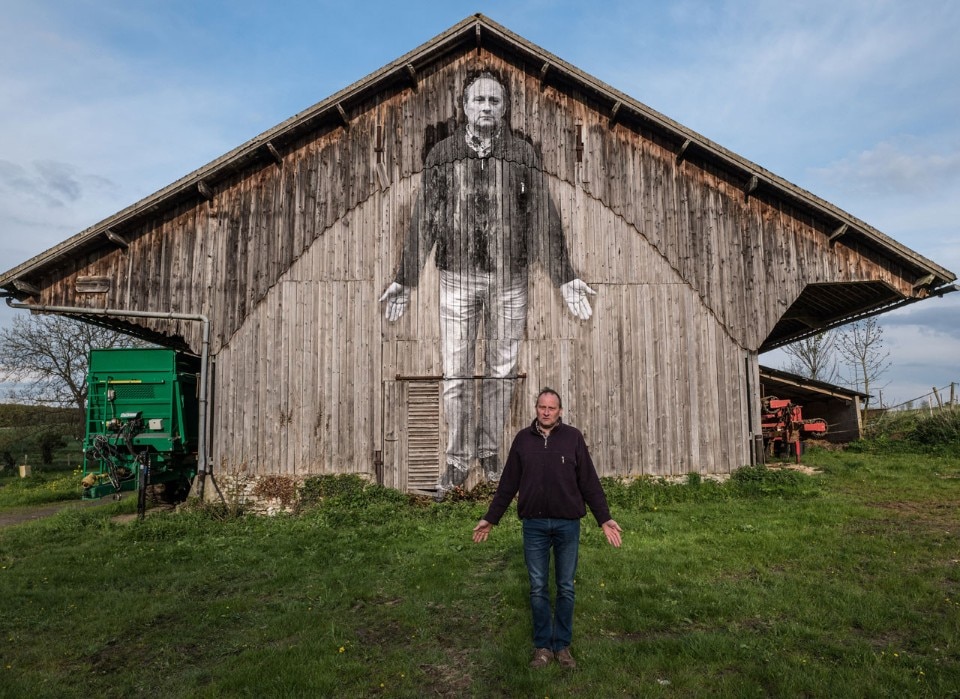Agnès Varda is the female representation of the Nouvelle Vague. There were two tendencies in the French Nouvelle Vague: that surrounding the Cahiers di Cinéma and André Bazin - with, predominantly, Jean-Luc Godard, François Truffaut, Éric Rohmer and Claude Chabrol - and the Rive Gauche group. Agnès Varda was among the latter, together with Chris Marker and Alain Resnais. It was perhaps due to the influence of the more marked literary style of the Rive Gauche, with the presence of Alain Robbe-Grillet and Marguerite Duras, that Varda developed a cinema practice known as cinécriture, or rather the use of the film camera as though it were a pen.
Agnès Varda, the only female director in the movement that revolutionised cinema, is certainly a less well-known name than superstars like Truffaut and Godard. The fact that the almost ninety-year-old Belgian-French director is enjoying unexpected and perhaps previously un-hoped for fortune is probably due to the feminist current that has finally begun to move in culture and society. She received an Oscar Academy Honorary Award last November, and this year she has become the oldest nominee ever for a competition Oscar for the documentary Faces Places.
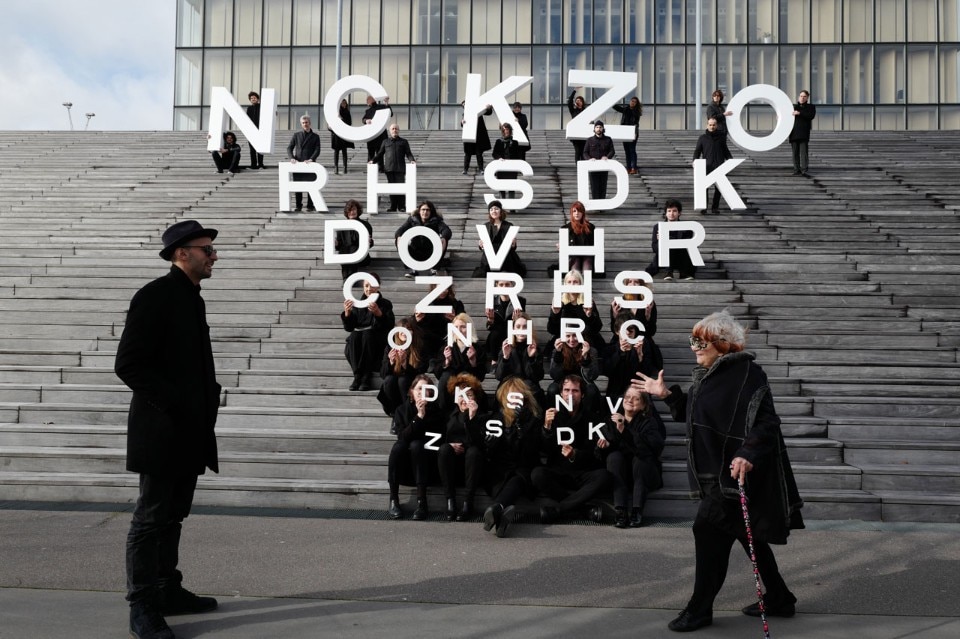
It is a film originating from the “strange encounter” between the director and the street artist JR, a kind of French Banksy famous for having placed large format stickers - often collages of unconventional portraits – on famous walls, such as that dividing Israel and Palestine in Bethlehem, or the USA-Mexico border; famous floors, such as that of the Paris Pantheon; anonymous urban surfaces, and even on the pyramid of the Louvre, made to “disappear” through an anamorphic illusion. Despite their differences in age and artistic temperament, we discover that this is a partnership founded on mutual admiration.
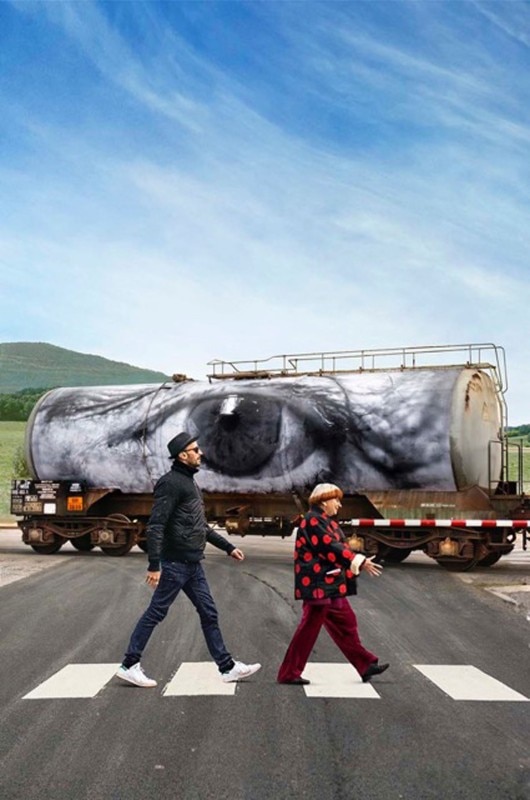
The title is accurate. It is the account of a journey in two through rural France, from Normandy to Provence. In a certain sense, the wandering through secondary, marginal villages, at times remaining unidentified, could resemble the layout of Suffolk, or the Veneto region, or the mid-European countryside of Winfried Georg Sebald. All the same, while the German writer was looking for secondary literary or historical traces with which to put together his natural history of destruction, Varda is interested in the present and the stories of women and men who are alive here and now. For the director, the documentary (“my school of modesty”) is not an inert recording of the existing, but is rather a sort of agit prop. The political line is clear and coherent with a body of work which spans more than sixty years: in Faces Places we are presented with a parade of resistance fighters. As happened to the iconic Sandrine Bonnaire in the masterpiece Sans toit ni loi, Vagabond (1984), the honours and obligations of representing the resistance against the crushing and character-destroying machine of capitalism is entrusted mainly to figures with two characteristics: marginality as an existential choice, and being female.
Agnès Varda has made many films, beginning with Cléo de 5 à 7 (1961), with an internal focus on the protagonist in order to carry out a de-fetishisation of the view of women, but her feminism has never been far distanced from a wider political perspective which embraces all of the mechanisms of oppression.
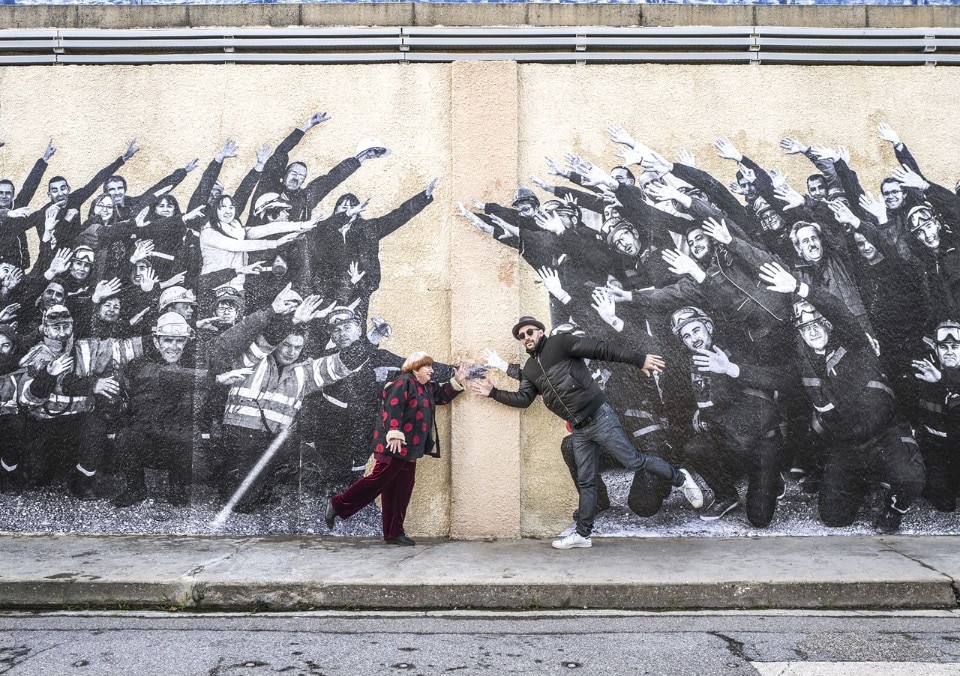
In this sense, the best metaphor for capitalism according to Varda comes mid-film, when she improvises a mini-enquiry on the practice of excision of horns on breeding goats. It is no coincidence that the one protesting against the senseless barbarity of this castration is a woman breeder who, interviewed, declares: “If a goat has horns, they should keep them... I find no logical justification unless one considers the goat a product that must have a certain rate of return”. There is no room for a logic of Darwinism and efficiency in the eye that selects the provincial Faces in the film – one would even say it is an indirect attack on the new cool and neo-liberal France of Macron: the large portraits by JR which become stickers on walls celebrate the last woman to stubbornly live in the miners’ homes, thus blocking a project of demolition and gentrification, an elderly artist who lives on a minimum pension and creates bizarre assemblages with recycled materials, the workers in a salt-works, the wives of the unionised dockers of Le Havre and, of course, a goat with horns.
The other theme of Faces Places is intimate and biographical. The topos of the inter-generational journey is an opportunity for a meditation on the passing of time, on the materialisation of physical decline, with a very Godardian focus, in individual parts of the body: the eyes and legs. The political line is interwoven with a memorial pilgrimage to visit the places and people that make up a lifetime: the tomb of Henri Cartier-Bresson in the tiny cemetery of Montjustin, the Normandy beach where, 60 years earlier, a very young Guy Bourdin posed as a model, and, obviously, the Nouvelle Vague. A touching remake of the famous dash through the Louvre in Bande à part (Jean-Luc Godard, 1964), which represents in a scene the dynamic challenge of the Young Turks to the inflexible culture of the fathers, sees Varda – sitting in a wheelchair pushed by JR – moved to tears among Botticellis, Del Sartos and Arcimboldos, and introduces the finale, a poignant visit to the Geneva retreat of Jean-Luc Godard, the only other living survivor of that season, and a long-term “complicated” friend.
Faces Places is a new perfect chapter in the work of Varda in which cinècriture assumes the form of a memoir and an engagé essay, yet blends with its apparent opposite, the documentary. If we consider the political and private matters discussed throughout the film, then it is best summed up by the opening declaration: “My greatest desire is to meet new faces and photograph them, thus ensuring that they do not fall through the gaps in my memory”. The mission of Agnès Varda is to save that which risks disappearing because it is no longer in the world of the living or because it does not meet the criteria of economic efficiency. A task that the world is finally beginning, albeit a little late, to appreciate.
- Film title:
- Visages, Villages
- Directors:
- Agnès Varda, JR
- Screenplay:
- Agnès Varda, JR
- Music:
- Matthieu Chedid
- Duration:
- 90 minutes
- Year:
- 2017

